Communication between humans and dogs goes way beyond barks. Your dog’s body postures tell their own unique story. Decoding them is like learning a secret language. Something as simple as the position of your dog’s ears or head can tell you if your pup is feeling excited, scared or stressed.
Understanding your dog’s emotional state can help you be a better pet parent. If you know your pup is feeling worried, you can step in and help remove them from a nerve-wracking situation or calm their fears. Whether you're a seasoned dog parent or new to the world of pups, this guide to your pup’s body language signals will help bridge the canine communication gap and create a stronger connection with your furry friend.
In This Guide
Consider the Context
Dr. Kelly Ballantyne, DVM, DACVB, is a veterinary behaviorist who works with cats and dogs to treat behavioral issues. “Dogs use their body language and facial expressions to communicate,” says Ballantyne. “They can communicate a whole range of emotions with those signals.”
However, interpreting dog behaviors isn’t always straightforward. Dogs are complex creatures, and their behaviors contain nuances and subtleties.
Many pet parents misinterpret their dog’s signals because they don’t look at the complete context. In other words, you’re not just looking at one movement or posture; you’re observing everything that’s happening with your pup. A specific behavior may have a positive meaning in one situation, but in another, it can have a negative connotation.
For example, Ballantyne says, a dog who growls could be trying to tell you to back off and give them space. In this case, a growl is a warning sign or a threat. However, a dog can also growl during playtime. In this case, your dog is trying to have some fun. So, how do you decide what message your dog is sending in a given situation?
The key to figuring out what your dog is trying to communicate is to look at the whole picture. Does your dog look tense, or are they loose and wiggly? Did they offer a play bow before growling? Observing every inch of your dog’s body language and expressions can help you get the full context and understand what your dog is trying to tell you. It can also help keep a tense situation from turning dangerous.
Your Dog's Tail

1Wagging Tail
Most dog parents assume a wagging tail means a happy dog. But this motion is more ambiguous than people think. At its most basic, a wagging tail signals an intent to interact. This could mean the dog is ready for a happy, fun interaction— could be preparing for a stressful encounter. Ballantyne says to pay attention to the tension in the tail. If the tail is very loose, and the dog’s whole body and hind end are moving, the dog feels happy and cheerful. If their tail wags very stiffly, you may need to step back. This dog is not feeling their best and is preparing for a negative interaction.
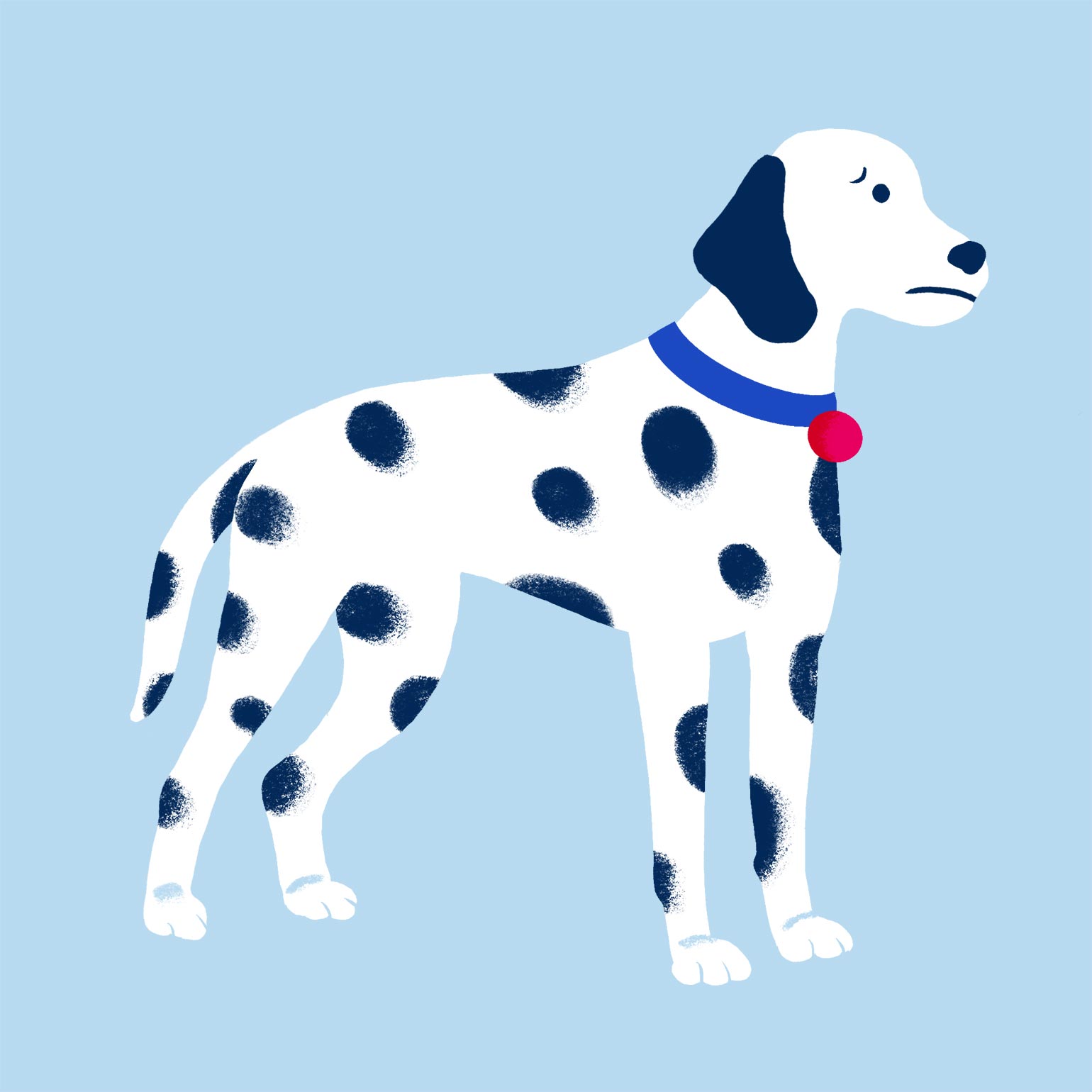
2Tail Held Low
If your dog tucks their tail down low to the ground or between their legs, it often indicates they’re worried or scared. For instance, dogs who dislike the noise of a vacuum cleaner may tuck their tail whenever it comes out of the closet.
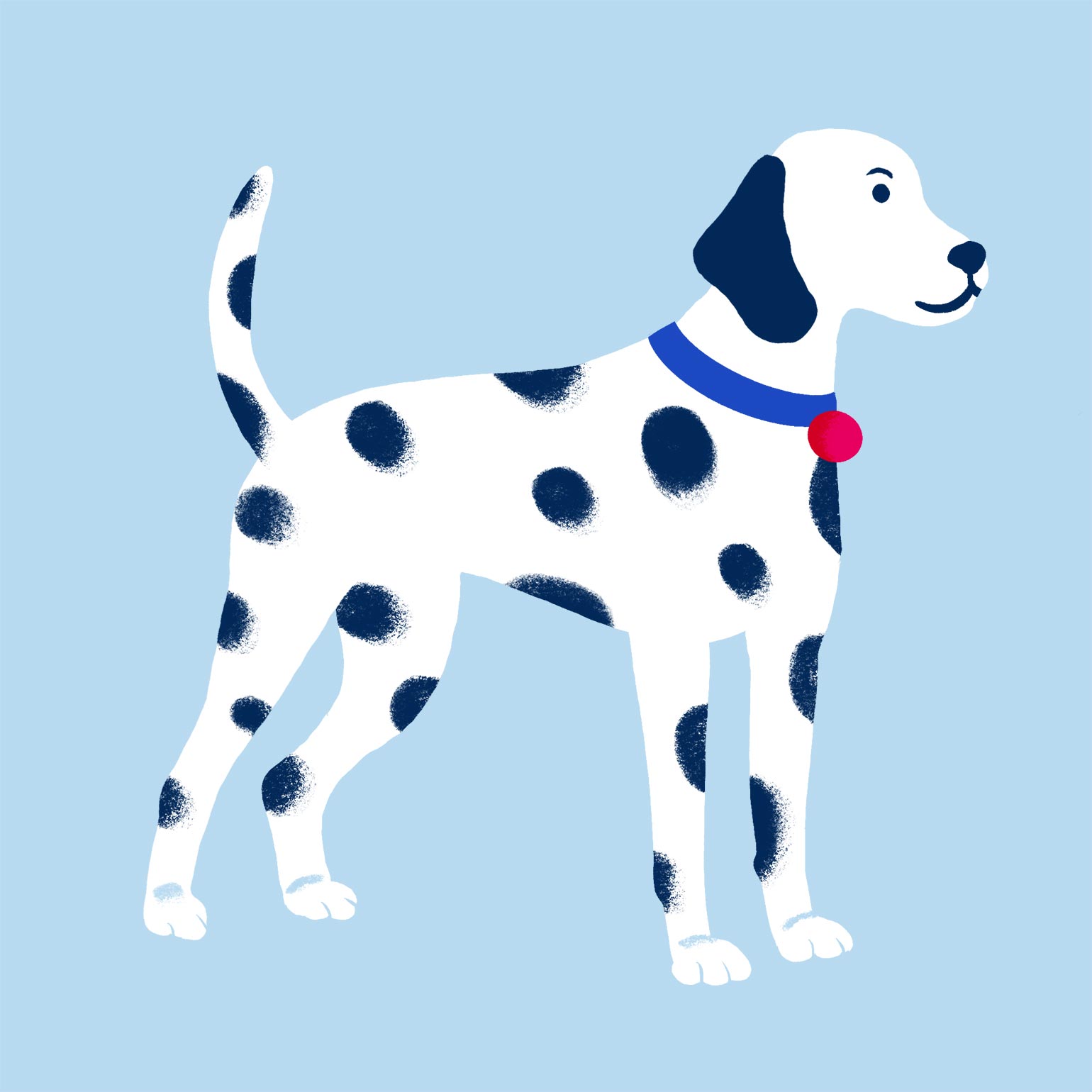
3Tail Held High
A dog with a tail standing straight up is probably feeling alert, excited or focused. However, if their tail is very stiff, it could also mean the dog is preparing to fight. This might be a good time to back off, or try to remove whatever is appearing threatening to your dog to help them feel less upset.

4Tail in a Neutral Position
Dogs holding their tail in a neutral position are relaxed. It’s important to note that tail position depends a lot on the breed of dog: Some dogs naturally carry their tails higher or lower, so any tail movements may be subtle. Make a habit of observing the position of your dog’s tail, so you’re able to notice any changes that may indicate a shift in mood.
Your Dog's Ears
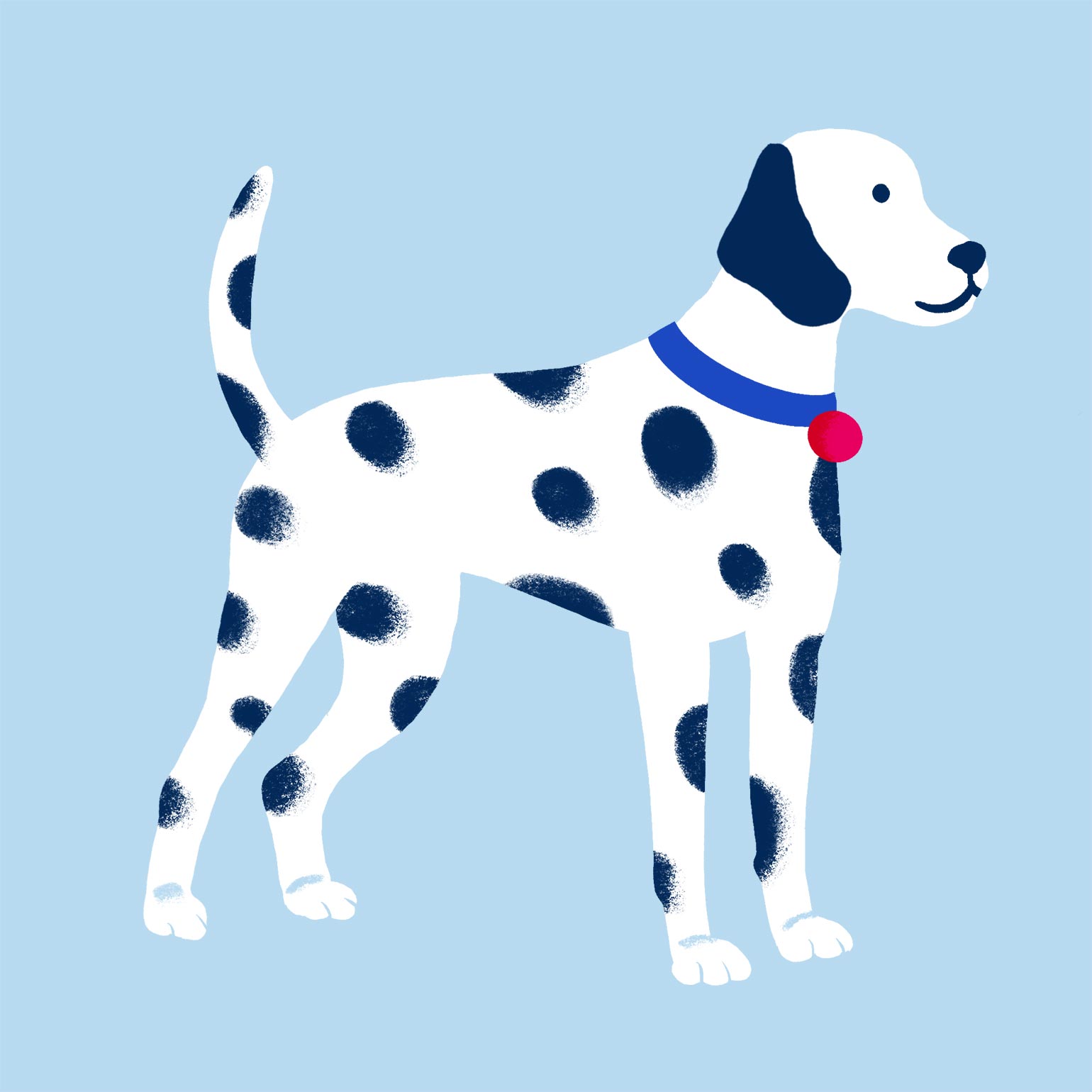
5Ears Forward
A dog with their ears positioned forward is probably feeling alert and focused. However, just like with tail posture, for some breeds ears forward could be a normal resting pose for a particular dog.

6Ears Back
If you see a dog with ears pulled back, you may think the dog is nervous or scared. However, this bit of canine body language is more ambiguous. This is where it’s essential to observe the whole context. A dog with a loose posture with ears pulled slightly back might be curious or interested in their surroundings. On the other hand, a dog with a tense posture and ears pinned straight back is probably feeling extremely scared. You may want to remove whatever is frightening them at the moment, if possible.
Your Dog's Eyes
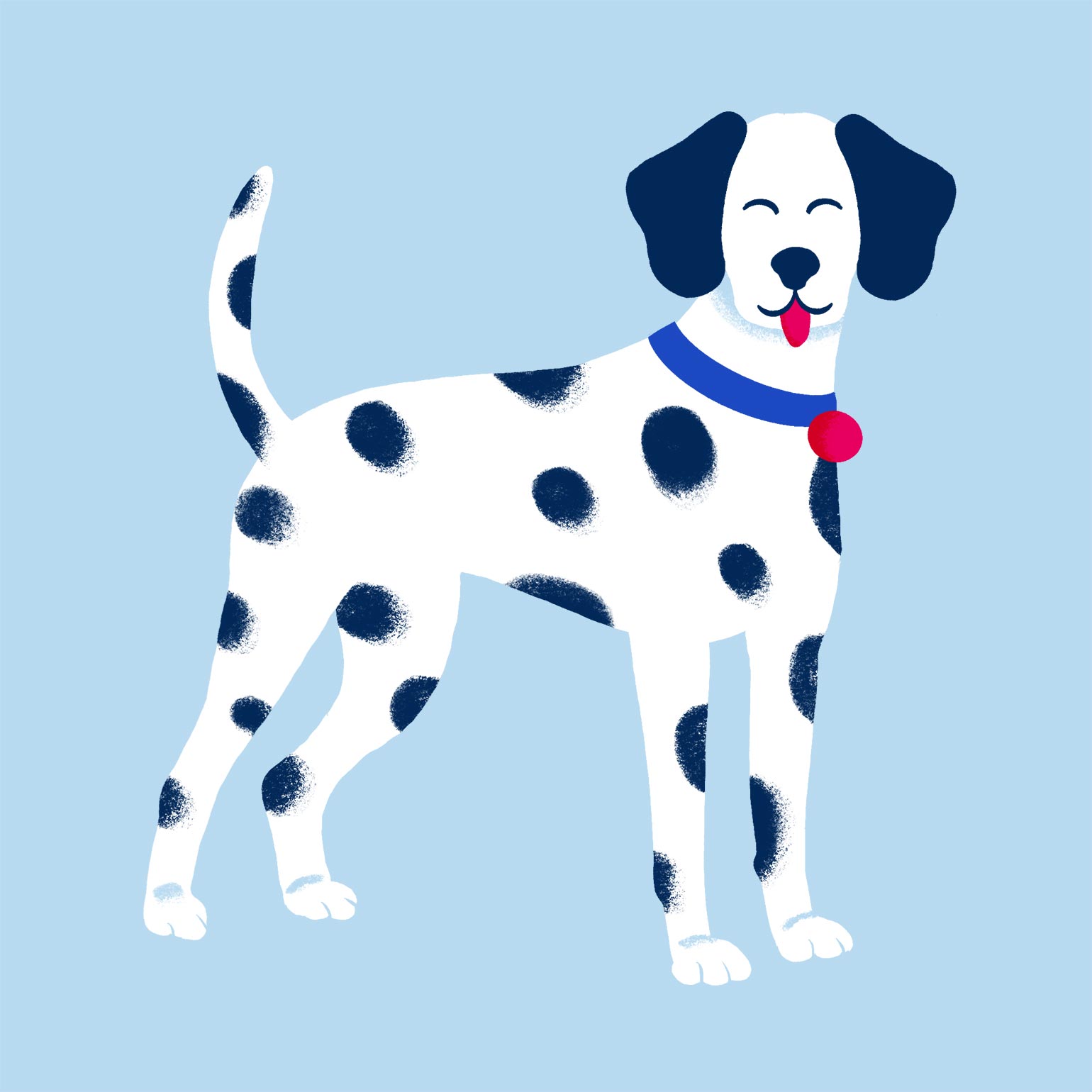
7Soft Eyes
If your dog has relaxed eyelids, this is typically described as “soft eyes.” You also probably won’t be able to see much of the whites of their eyes, and their pupils will be fairly small in standard lighting, which means you can see the color of their eyes pretty clearly. If your dog has soft eyes, it means they’re feeling comfortable and relaxed. This is a normal resting state.
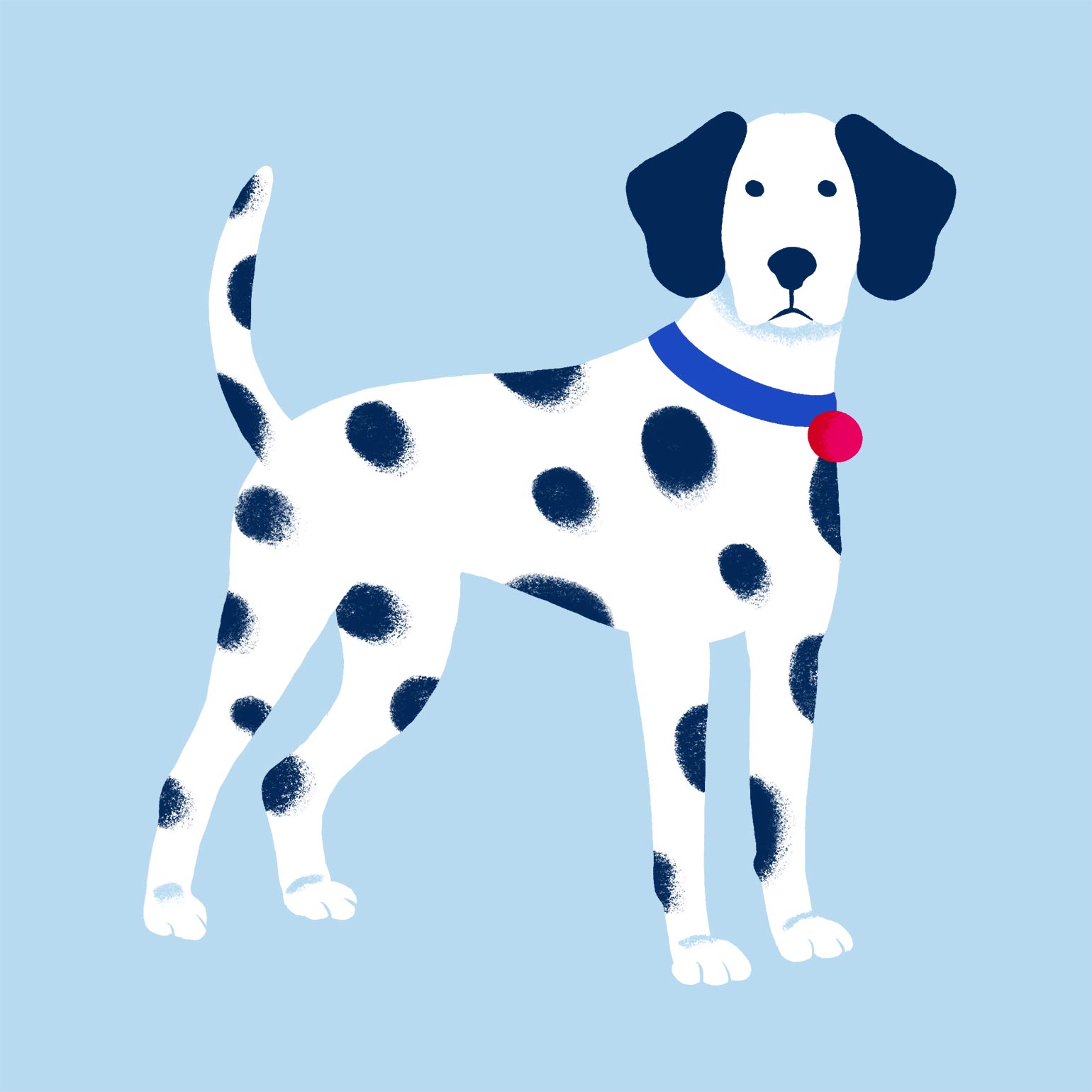
8Hard Stare
A dog who is gazing at something intently and doesn’t break focus is exercising a hard stare. Typically, the dog’s face will also be tense and stiff. You will probably also be able to see more of the whites of their eyes. A hard stare is often a sign that a dog is getting ready to fight, snap or bite. They could also be staring down a target they’re considering chasing. If a dog looks at you with a hard stare, it’s important not to stare back—they’ll perceive that as a threat and may react to protect themselves.
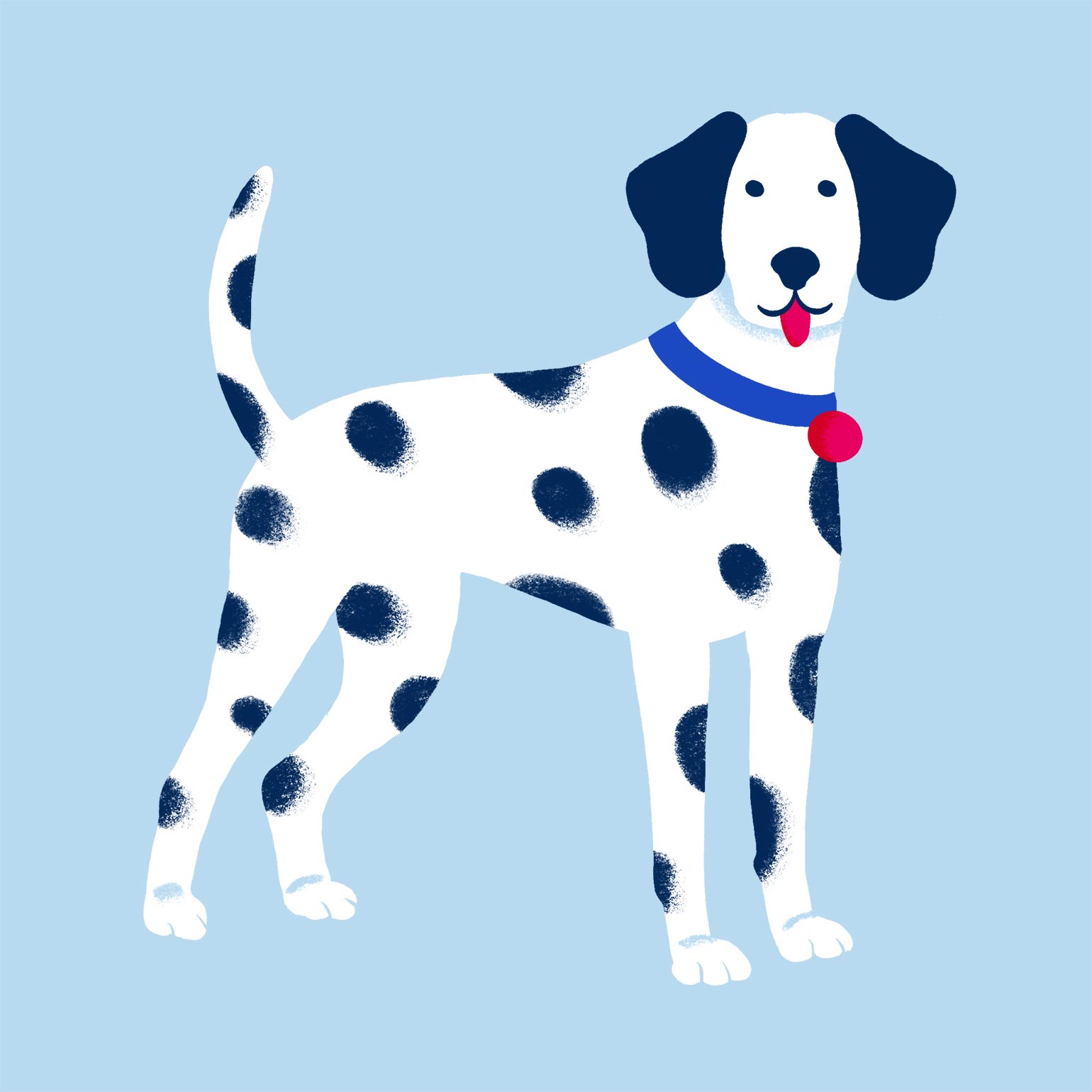
9Eye Contact
When it comes to eye contact, the meaning will differ depending on the dog. Some pups are very comfortable making eye contact, especially with people they know and love. Other dogs just avoid eye contact altogether. If you’re dealing with a dog who normally looks you right in the face, you’ll know if they’re intentionally avoiding eye contact—which may mean they feel scared or nervous about their situation.
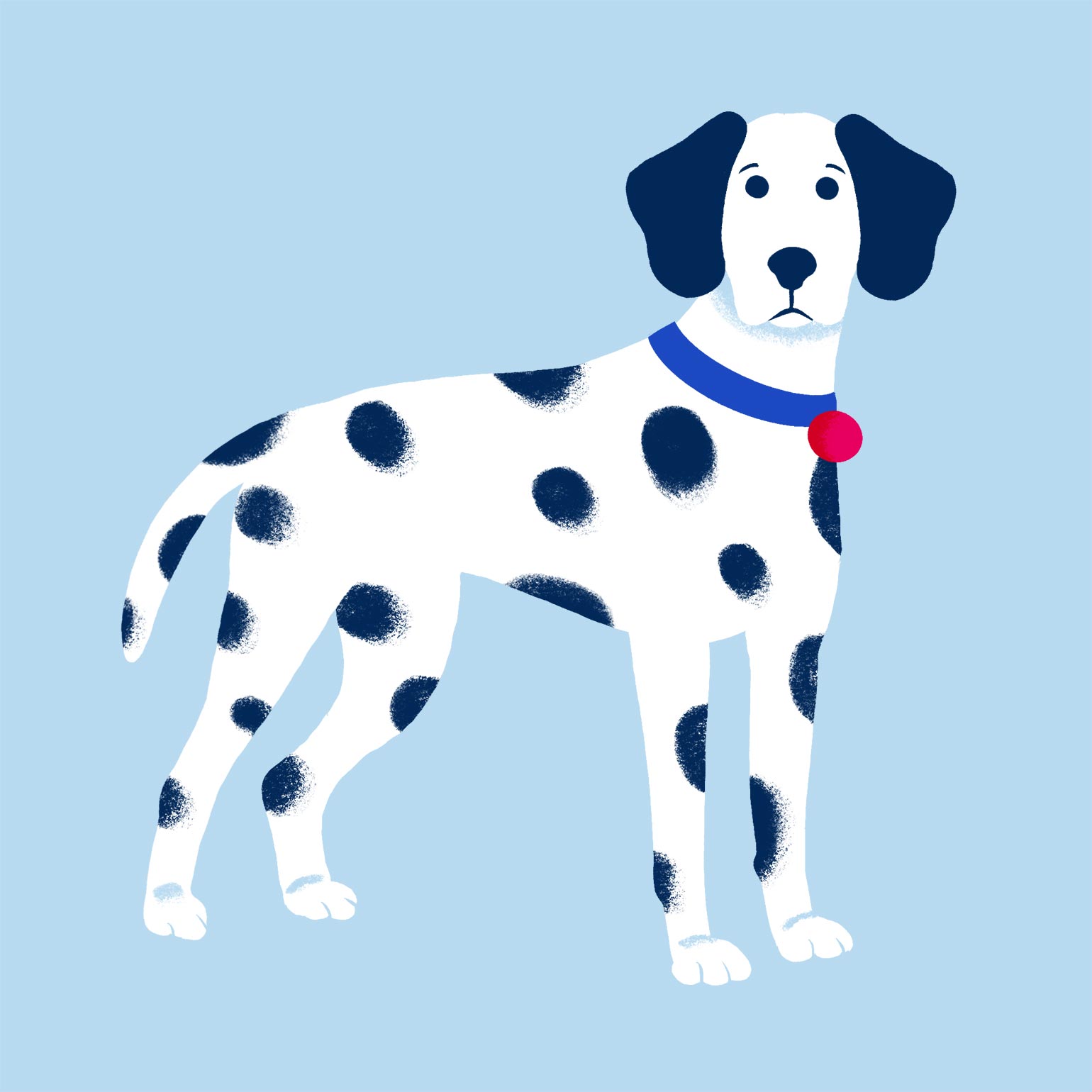
10Wide Eyes
Pet parents can tell a lot about their dog’s feelings by observing their eyes. One of the main things to note is the whites in their eyes. If you see white in your dog’s eyes or their pupils have gotten really big, it’s a sign of fear. Your dog is feeling scared or anxious.
Your Dog’s Head
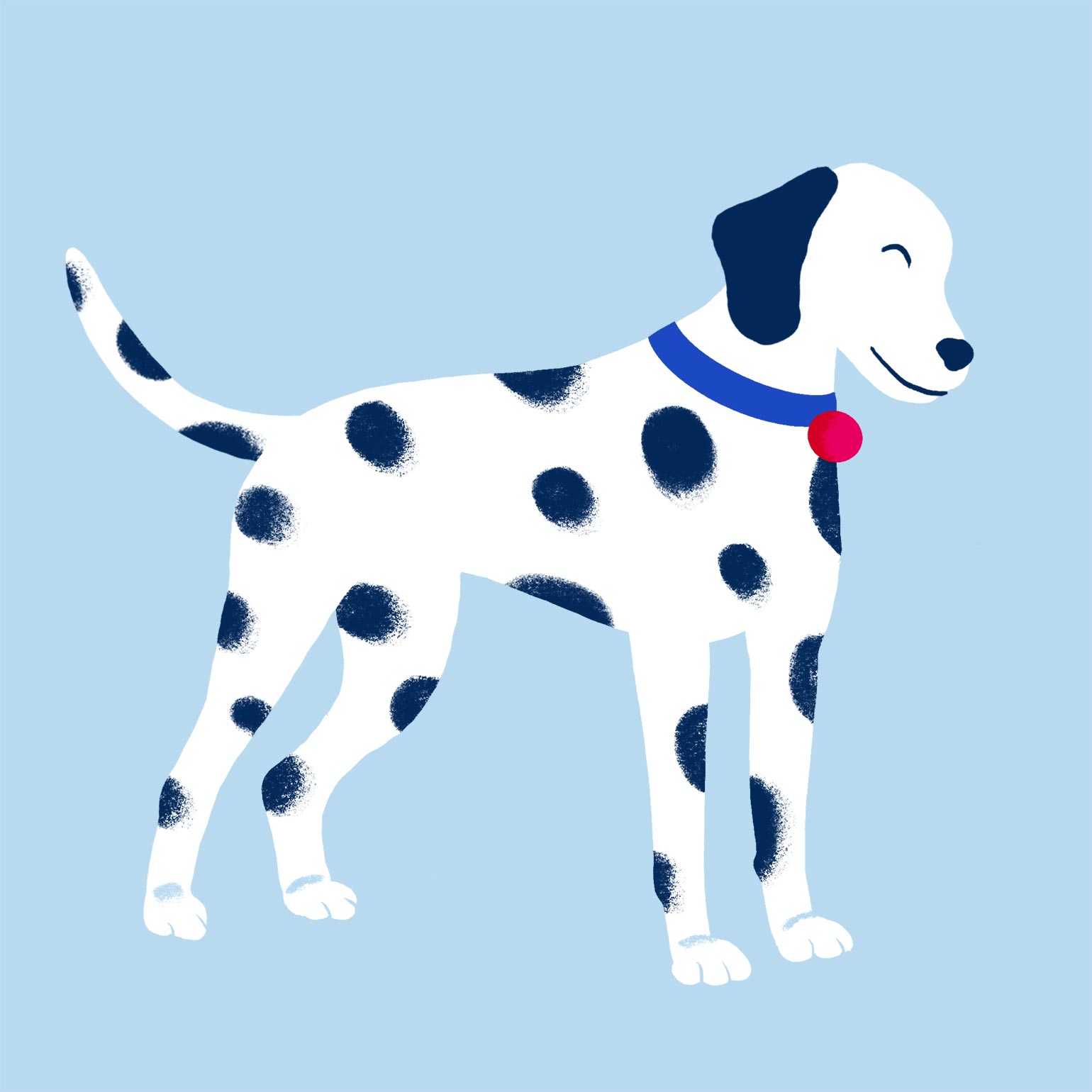
11Head Bowed
A dog with their head down or lowered is likely feeling uncomfortable. Sometimes this is subtle. Your dog may just turn their head to the side a bit. This can be what’s known as appeasement behavior. That means the dog tries to avoid conflict by lowering their head, indicating they don’t want to appear to be an aggressive dog.
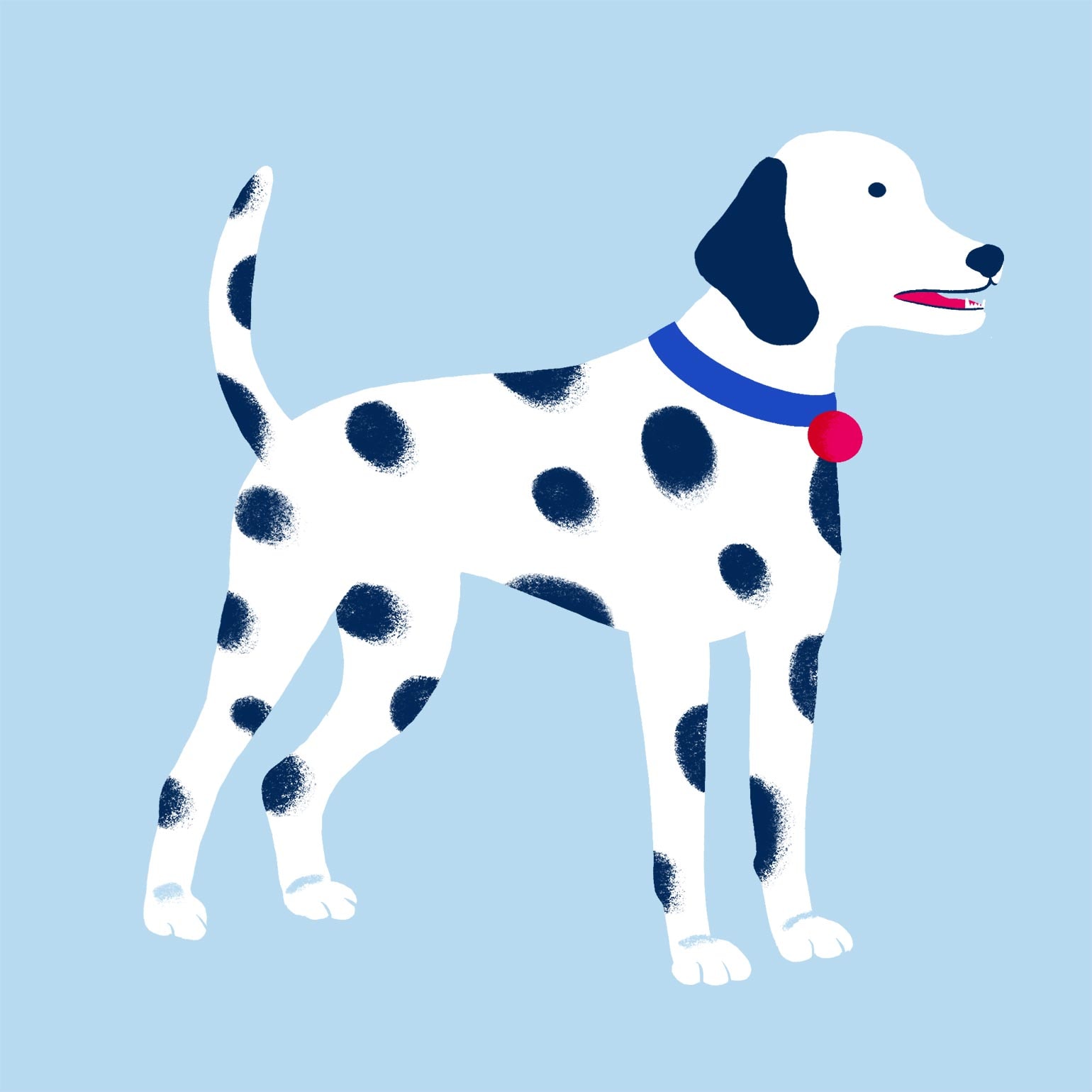
12Mouth Hanging Open
If your dog is walking around with their tongue peeking out of their mouth a bit, it probably means you have a relaxed dog who is feeling comfortable. However, if your dog has their tongue hanging very far out of their mouth, this can indicate your pup is feeling stressed and needs some assistance. This can also be accompanied by panting, which may also be a cause for concern.
Sitting with their mouth open is common for dogs and likely not a cause for concern. However, if your dog is holding their mouth open more often than usual, it could be a sign of an underlying health issue, such as nasal congestion or dental problem. Contact your vet if you suspect your dog might need medical treatment.
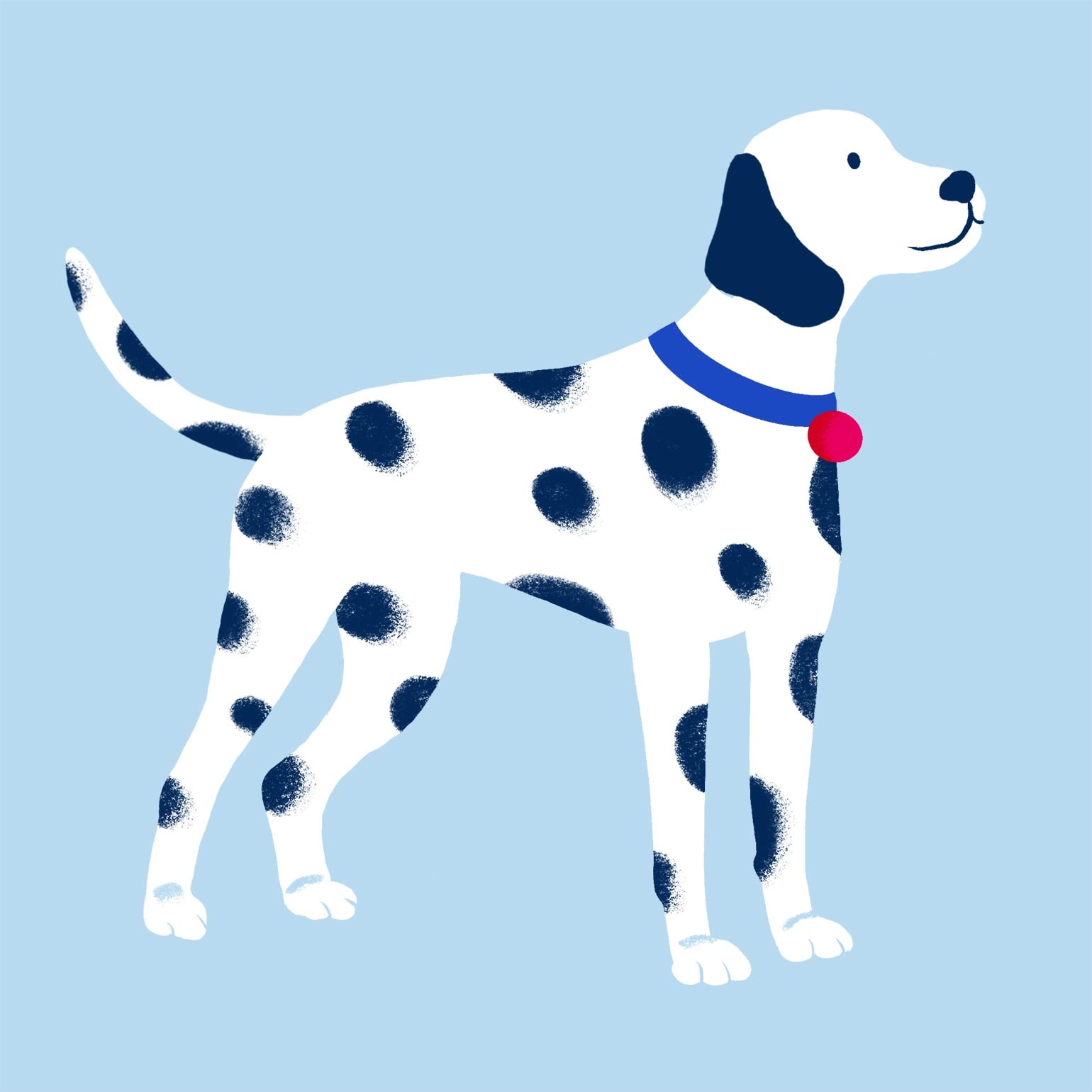
13Head Held High
This is another ambiguous signal that pet parents can often misinterpret. A dog holding their head high could be walking around in their normal, relaxed resting state. On the other hand, if the dog looks rigid and stiff, they may be on high alert, perhaps feeling frightened or threatened by something around them.
Your Dog's Body Posture
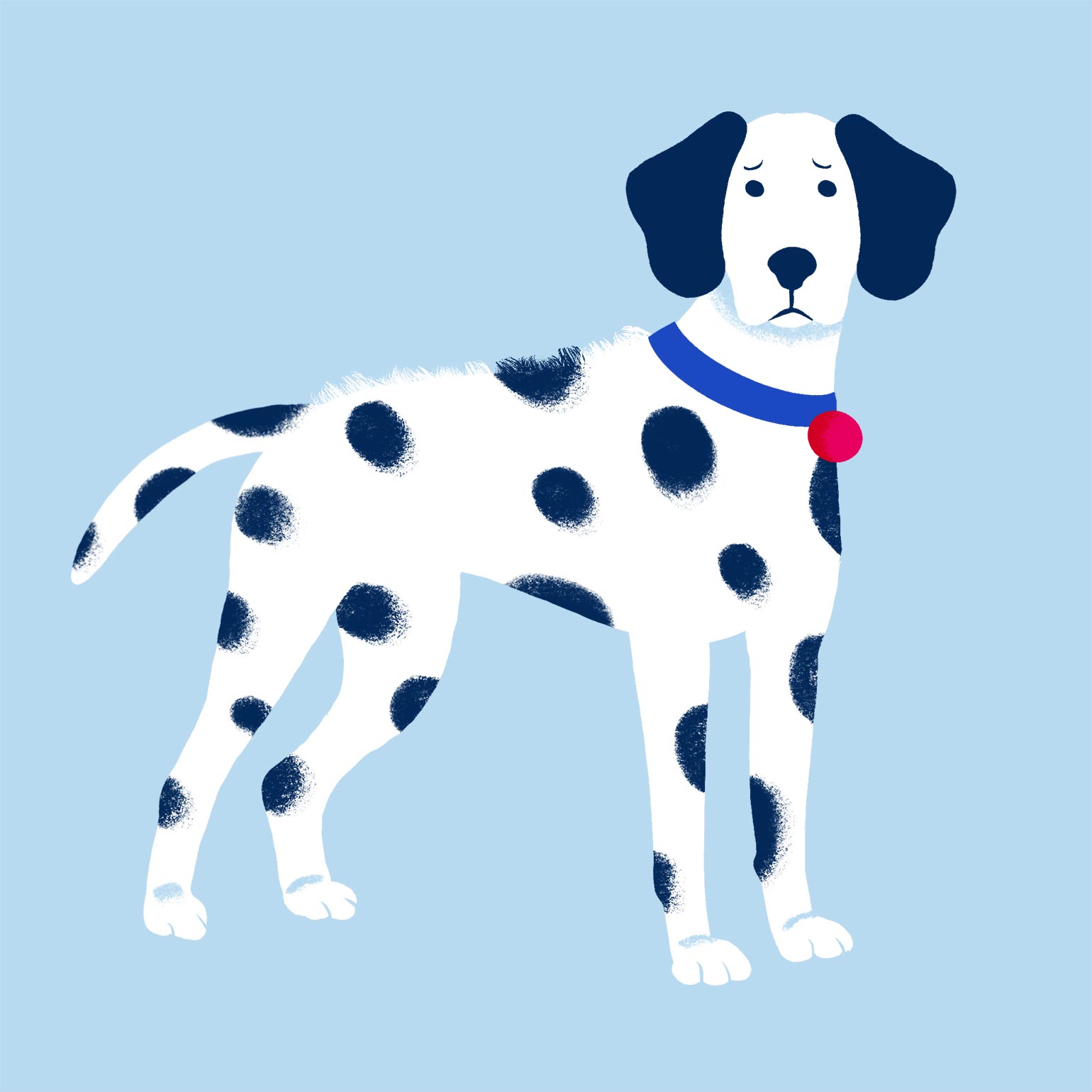
14Raised Hackles
You know the hairs that run along the back of your dog’s shoulders and spine? Those are called hackles. When a dog is feeling excited or scared, their hackles rise—in other words, the hair on their back sticks up—through a reflex called piloerection. Fun fact: The same reflex causes goosebumps in humans when we’re feeling nervous or scared.
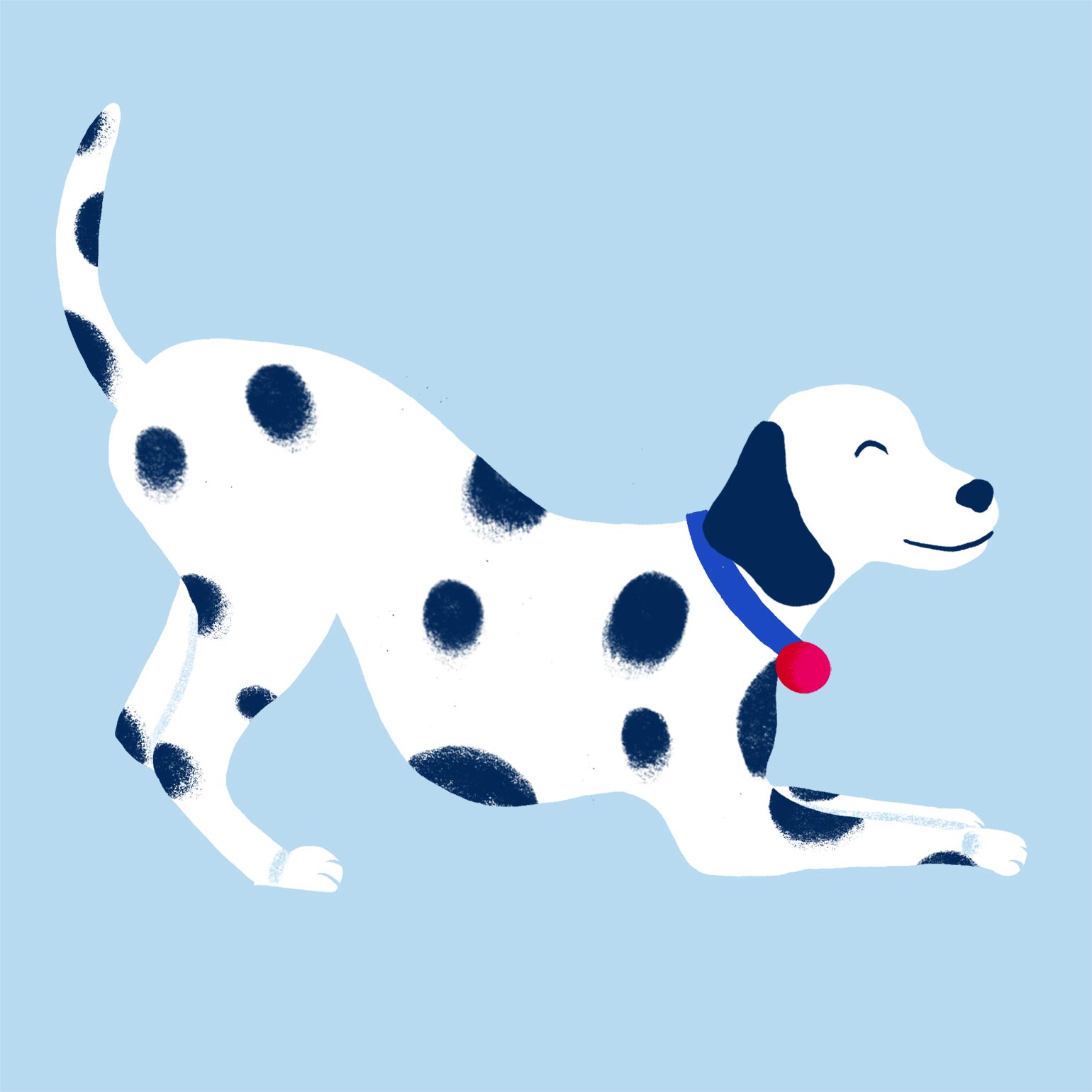
15Play Bow
When a dog stretches their front legs and leans on their elbows in a bowing position, that’s called a play bow. Dogs do this body movement to invite people or other dogs to play with them. When you see a dog make a play bow, it’s a pretty good sign that everything that comes after that is being done in fun.
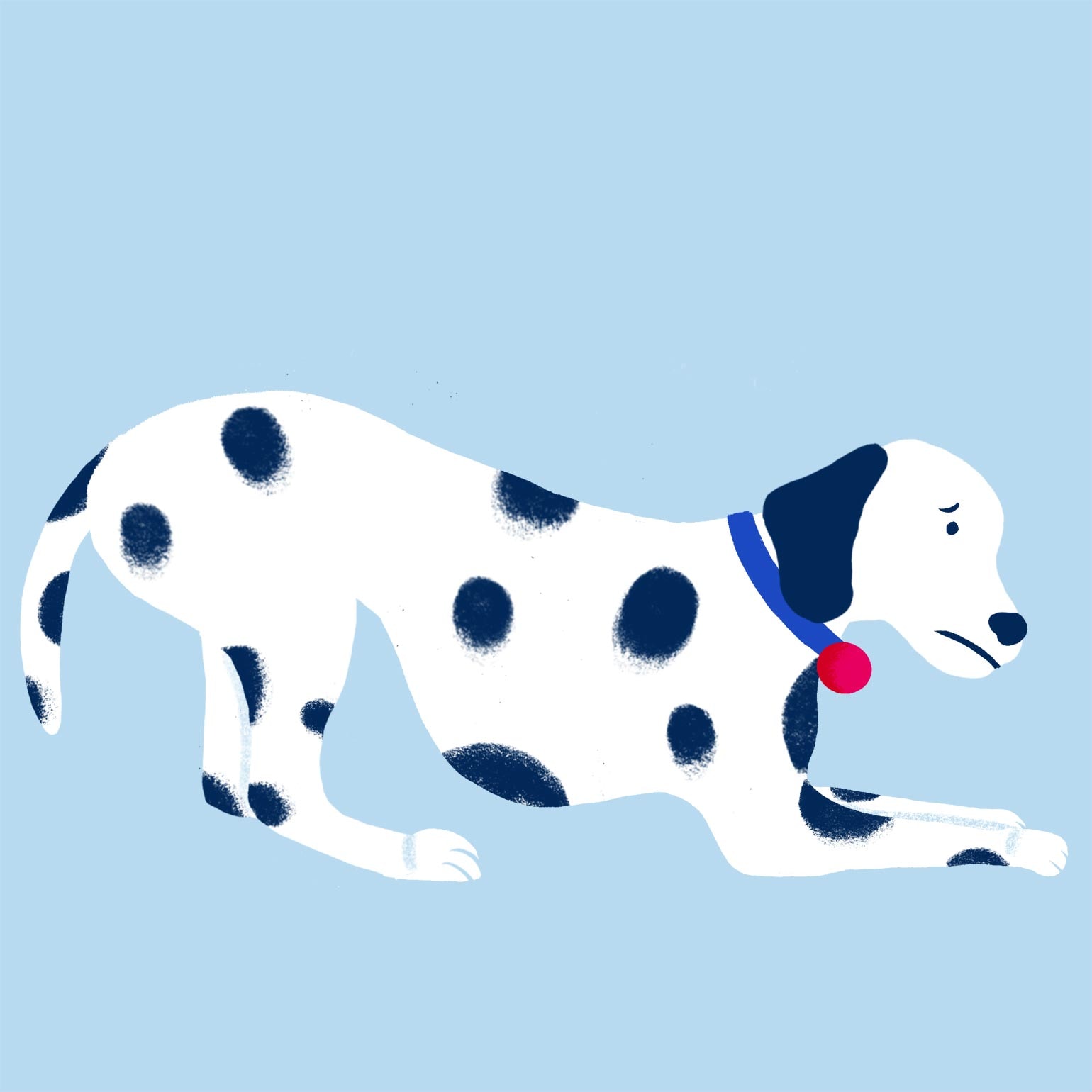
16Cowering
If your dog hunches toward the ground, trying to make themselves look small, it could mean they’re in a stressful situation, feeling scared of someone or something nearby. It could also be a sign they’re in pain, and may need assistance from you or a veterinarian.
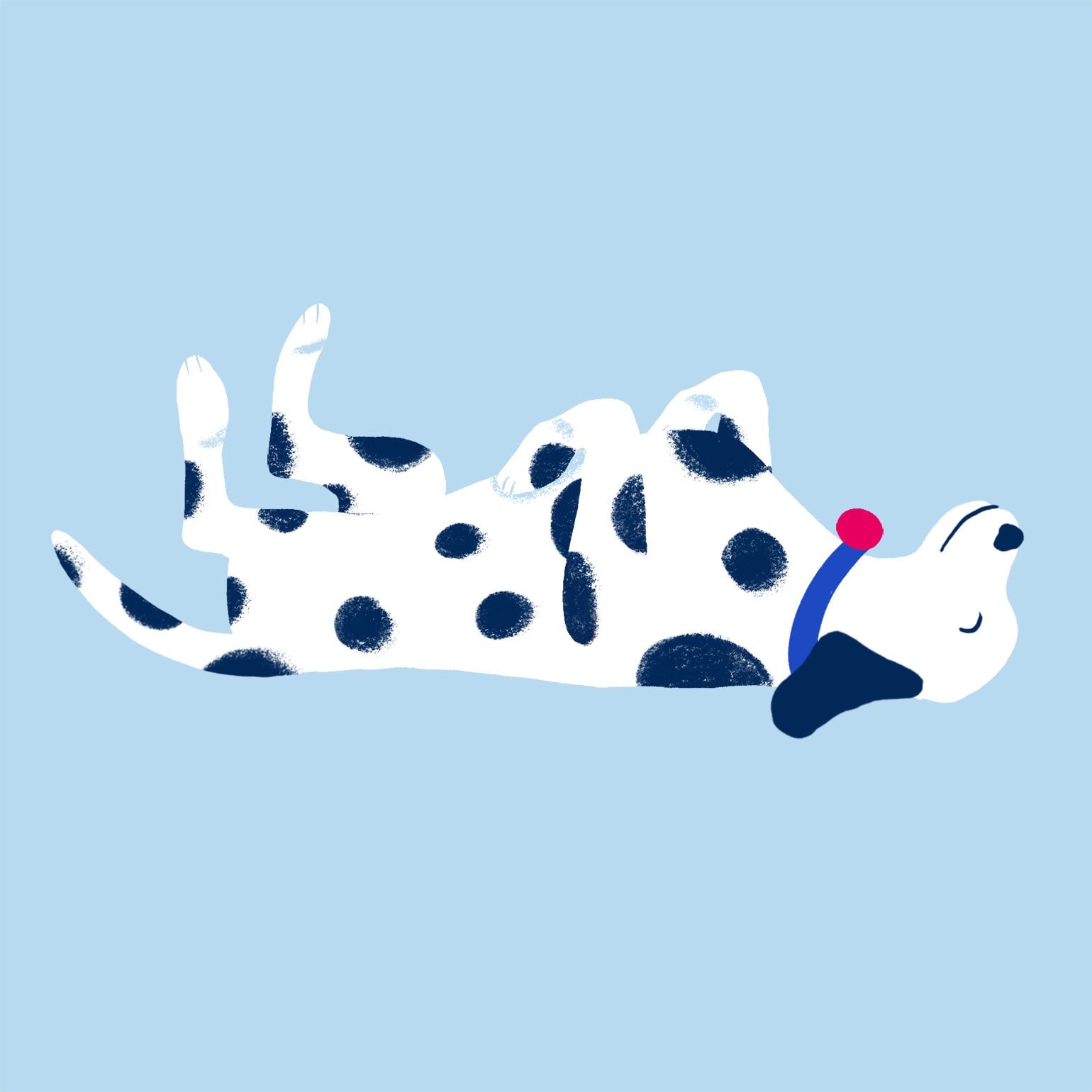
17Rolling onto Their Back
According to Ballantyne, rolling onto their back and exposing their belly is one of the most misunderstood dog postures. A dog who rolls onto their back may be giving you an open invitation for some much-needed belly rubs. That’s the most common interpretation—but other times, a dog rolling onto their back may indicate they are worried and need space. This is another situation where looking for context clues will be essential to knowing what your dog is feeling. If your dog seems tense or stiff, they’re probably uncomfortable. If their posture is loose and relaxed, they’re likely excited to play and get those friendly belly rubs.
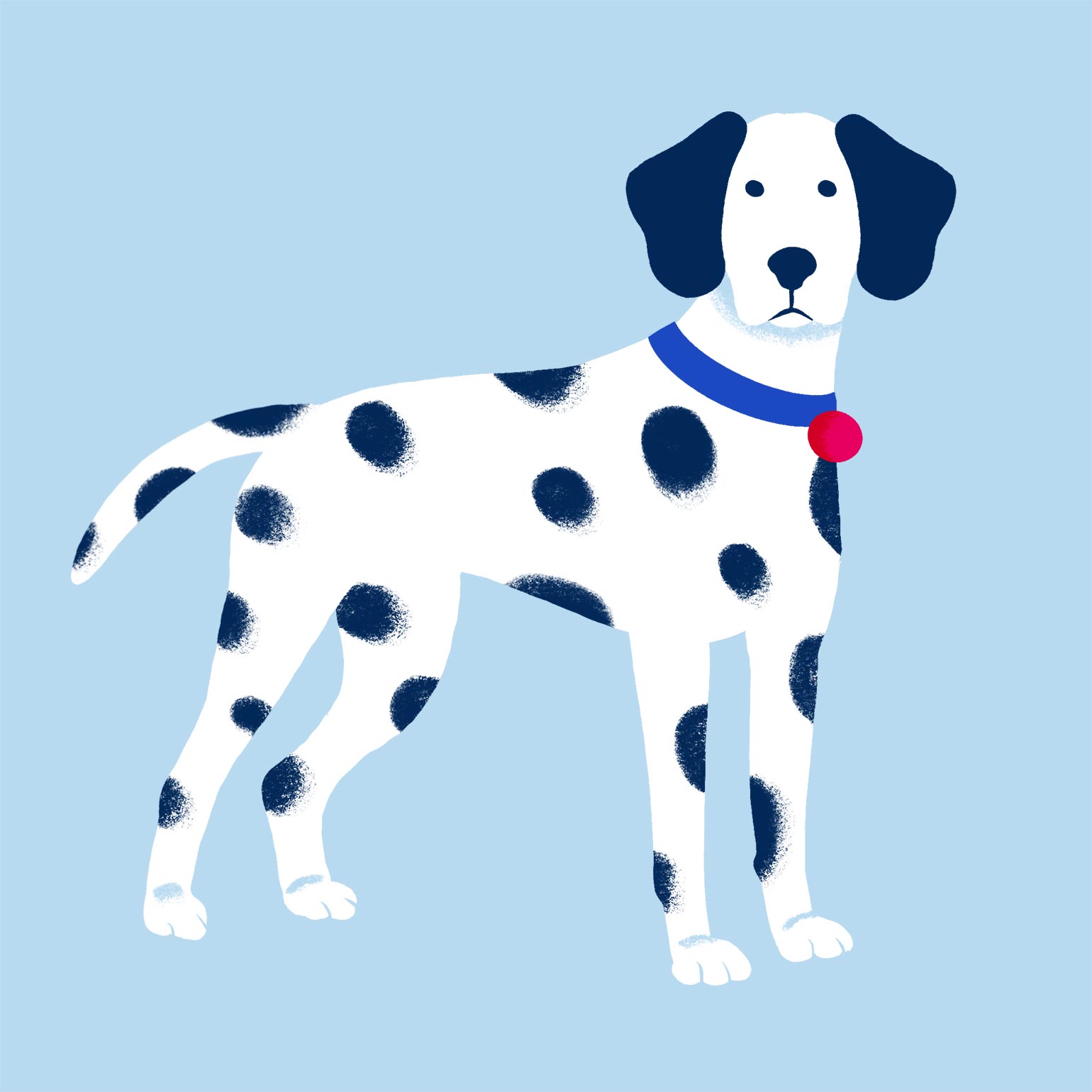
18Stiff Posture
A tense dog who is standing in a rigid posture is usually feeling uncomfortable, scared or stressed. This is another situation where your pup might be in physical pain. Approach them with caution, and contact your veterinarian if you suspect your pup is sick or injured.
Your Dog's Behaviors
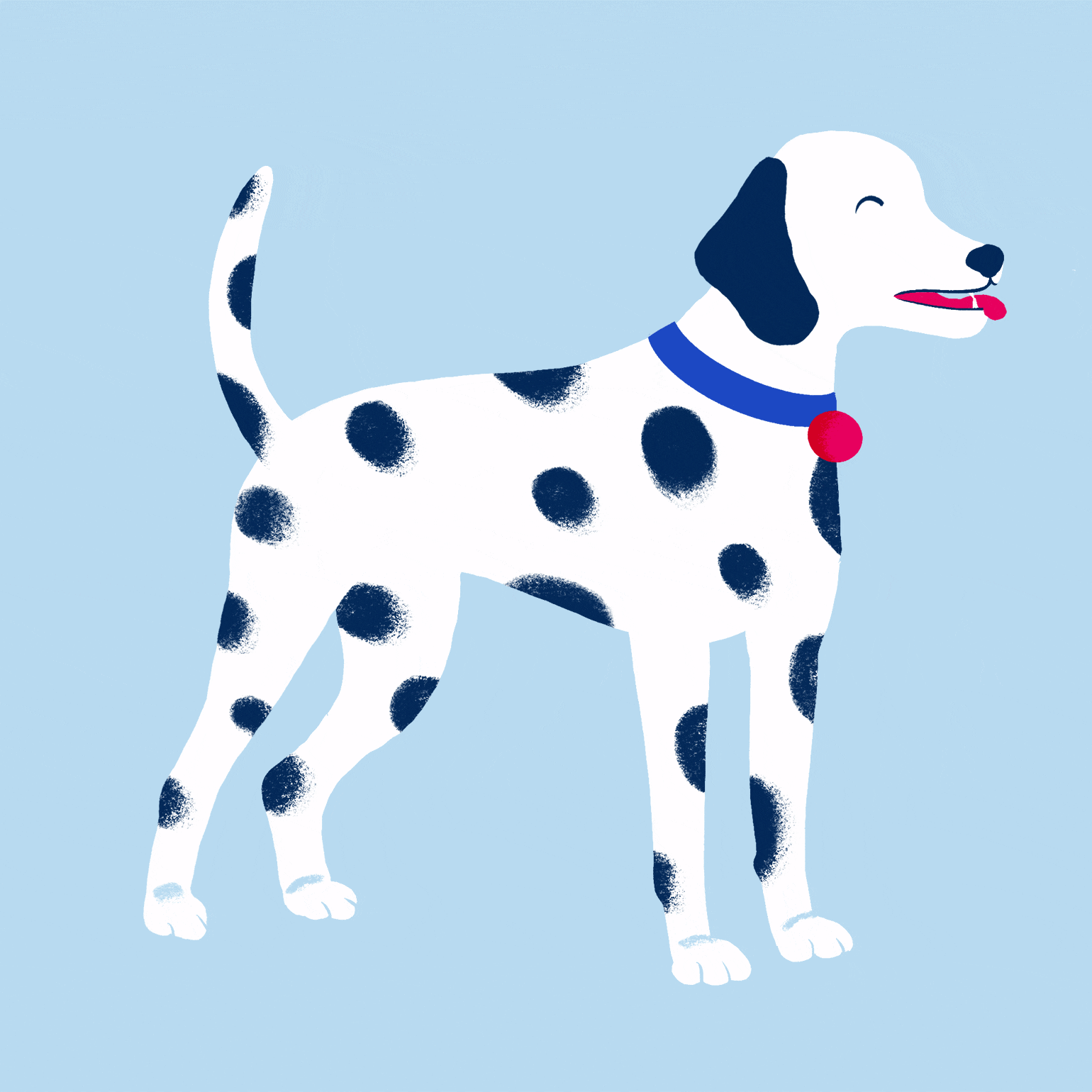
19Yawning
Have you ever watched your dog yawn in the middle of the day? You know they’re not tired, and they didn’t just get up from a nap. So what gives? A wide-awake dog who yawns may a sign of stress. They’re trying to tell you they’re feeling nervous or worried.
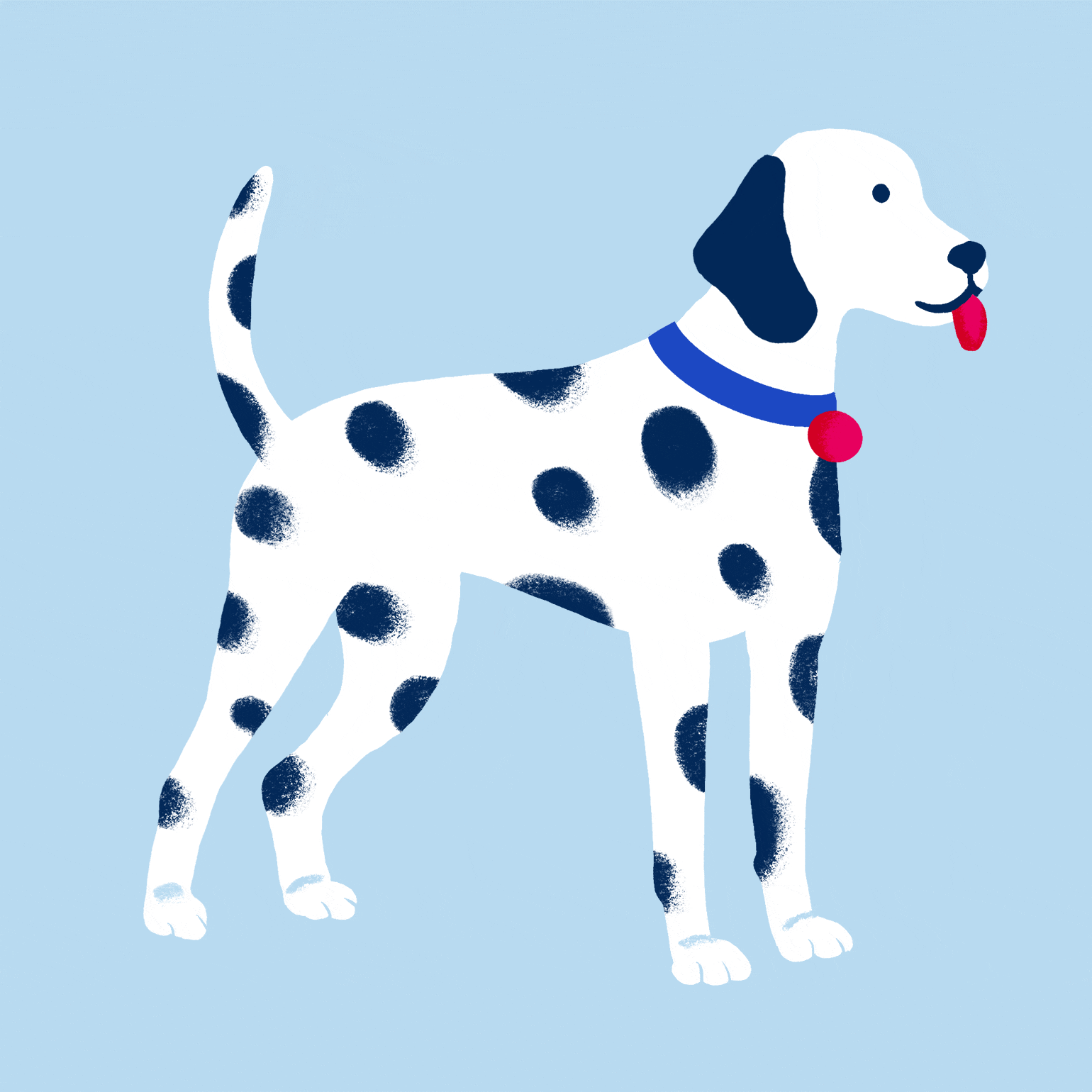
20Lip Licking
This is another signal that can be confusing. If you notice your pup licking their lips but know they’ve recently eaten and probably aren’t hungry, this behavior may indicate your dog is worried about something—maybe a loud noise, strangers or other stressors in the area.
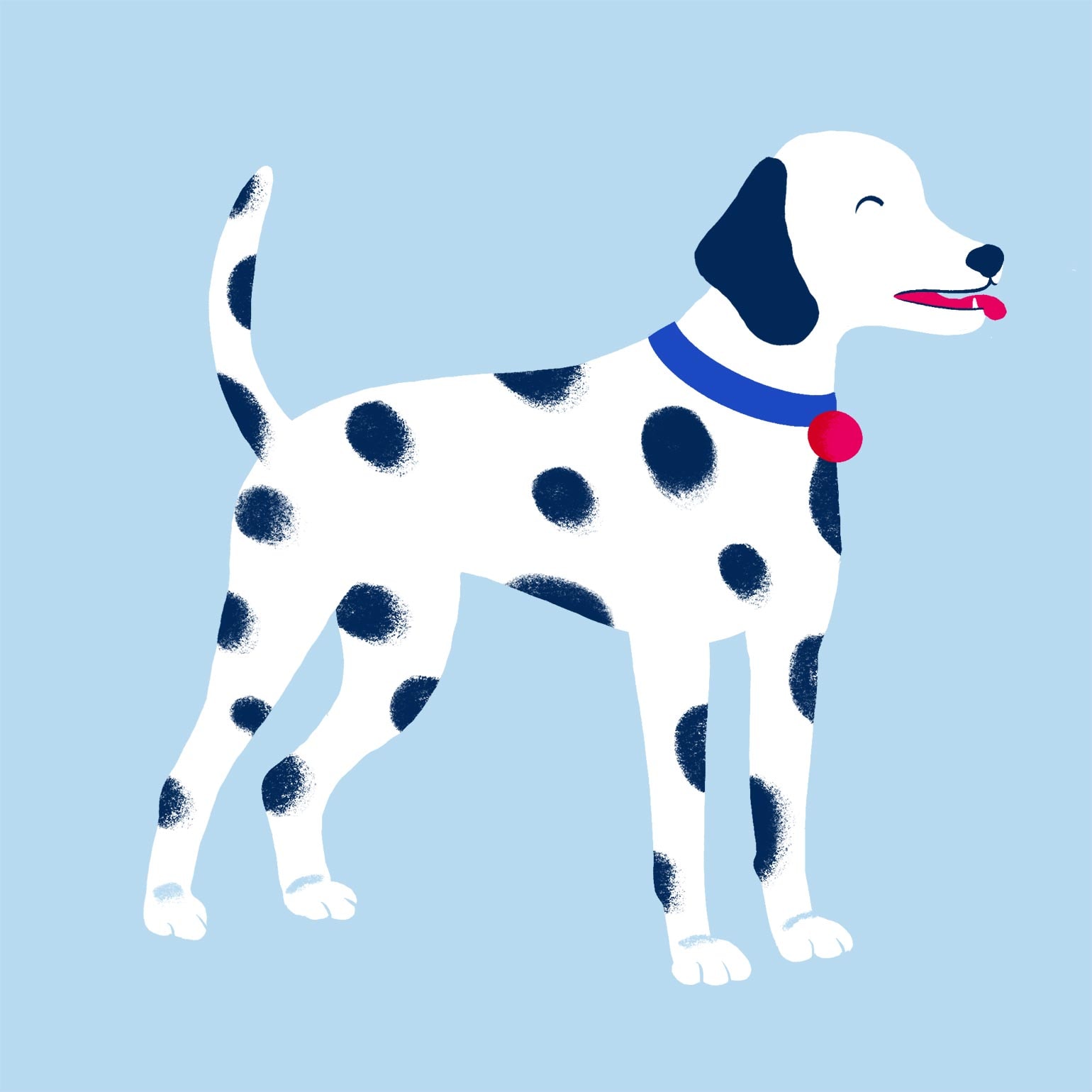
21Baring Their Teeth (aka “Smiling”)
We’ve all seen dogs “smile” when they show their teeth in a goofy grin. This means they’re feeling happy or excited. However, dogs can also bare their teeth in a different way that probably won’t be mistaken for a smile. If you see a pup show aggressive body language by baring its teeth, this is probably a warning sign telling you to step back. This dog needs space.
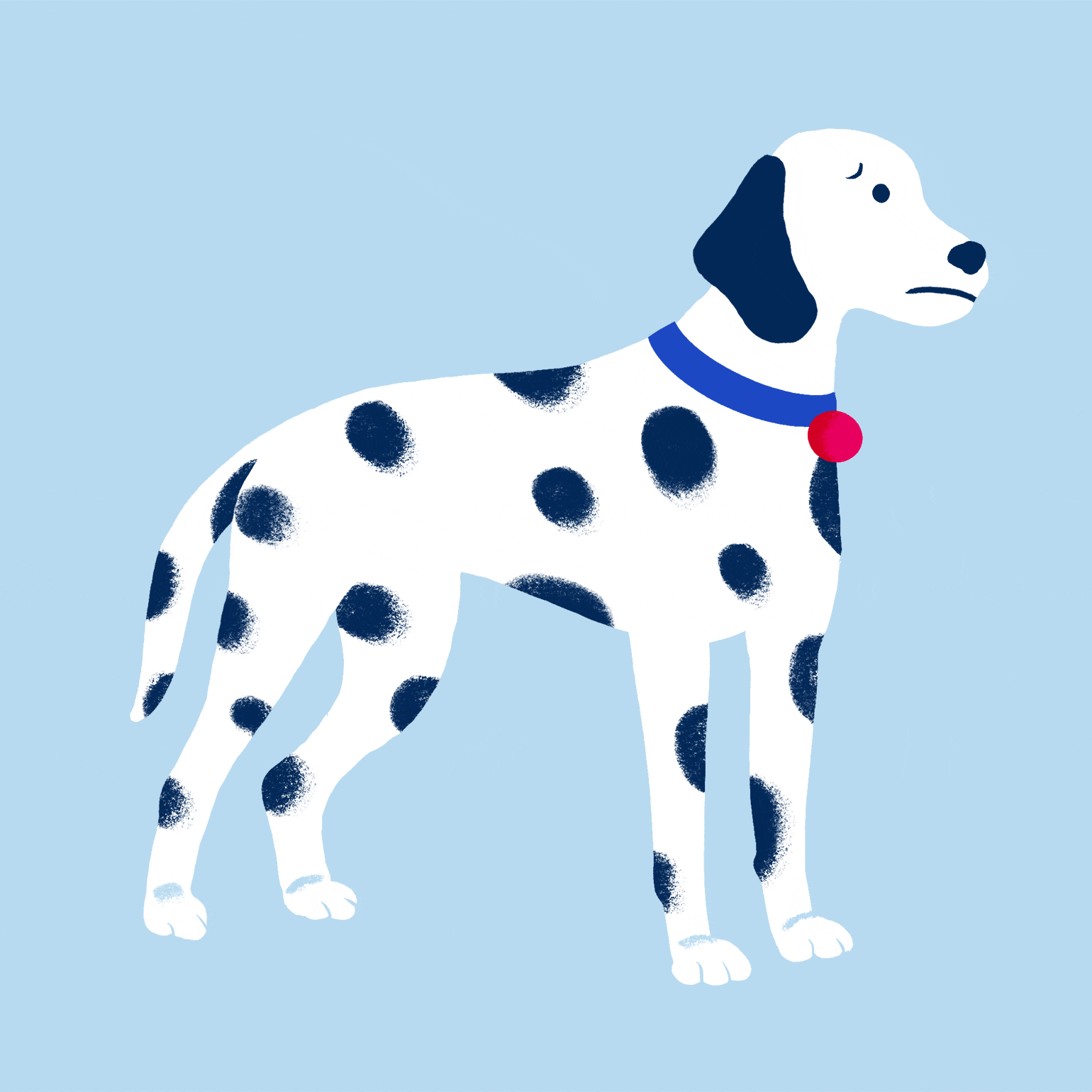
22Trembling
A pup who is shaking may be cold—in which case, get that dog someplace warmer! Alternatively, this is a sign of a fearful dog. See if you can determine what is making them feel so afraid, and remove that trigger from your dog’s environment if possible.
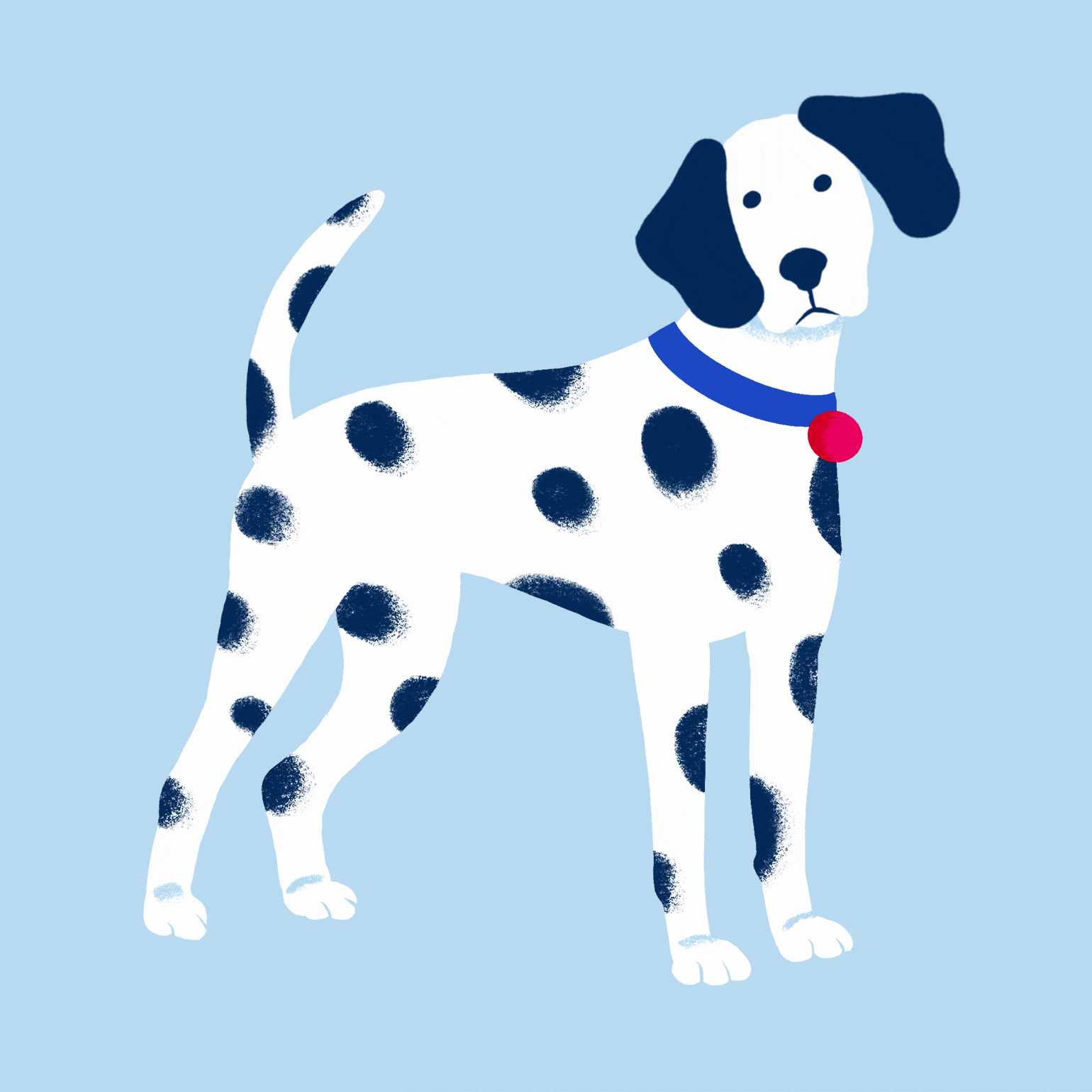
23Wet Dog Shake
Everyone has seen a wet dog shake off their fur, shooting water everywhere. But did you know dry dogs will sometimes make the same motion? Dogs will sometimes shake their entire body after a stressful encounter. They attempt to “shake off” that anxious dog feeling and return to normal.
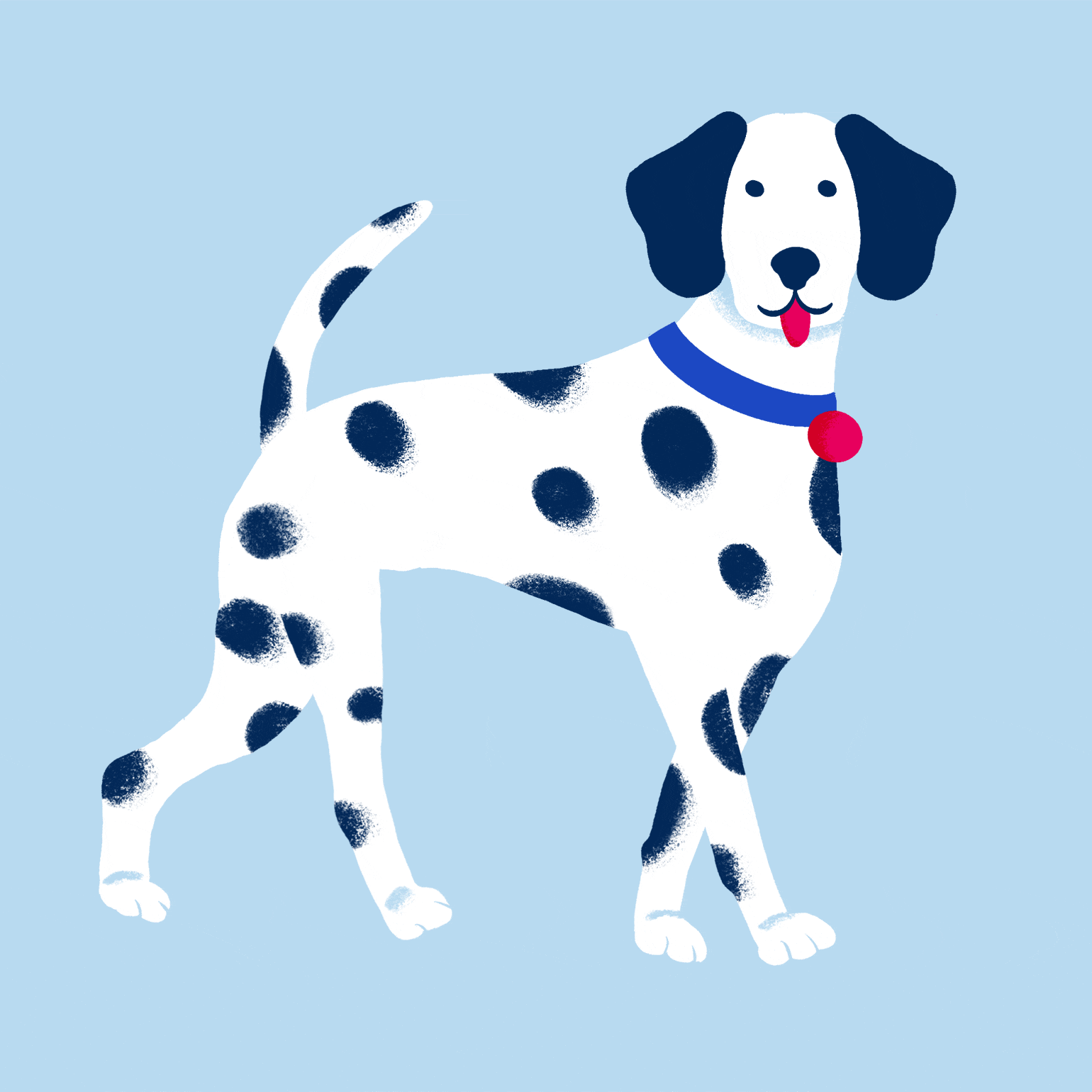
24Pacing
If you see your dog pacing back and forth, you probably have one thought: Do they need to go to the bathroom? Context definitely matters here! A dog who has had all their potty breaks and keeps pacing back and forth could also be worried or anxious. Pacing can also indicate neurological problems, especially in senior dogs. If your dog is pacing more often than usual, consult your veterinarian.
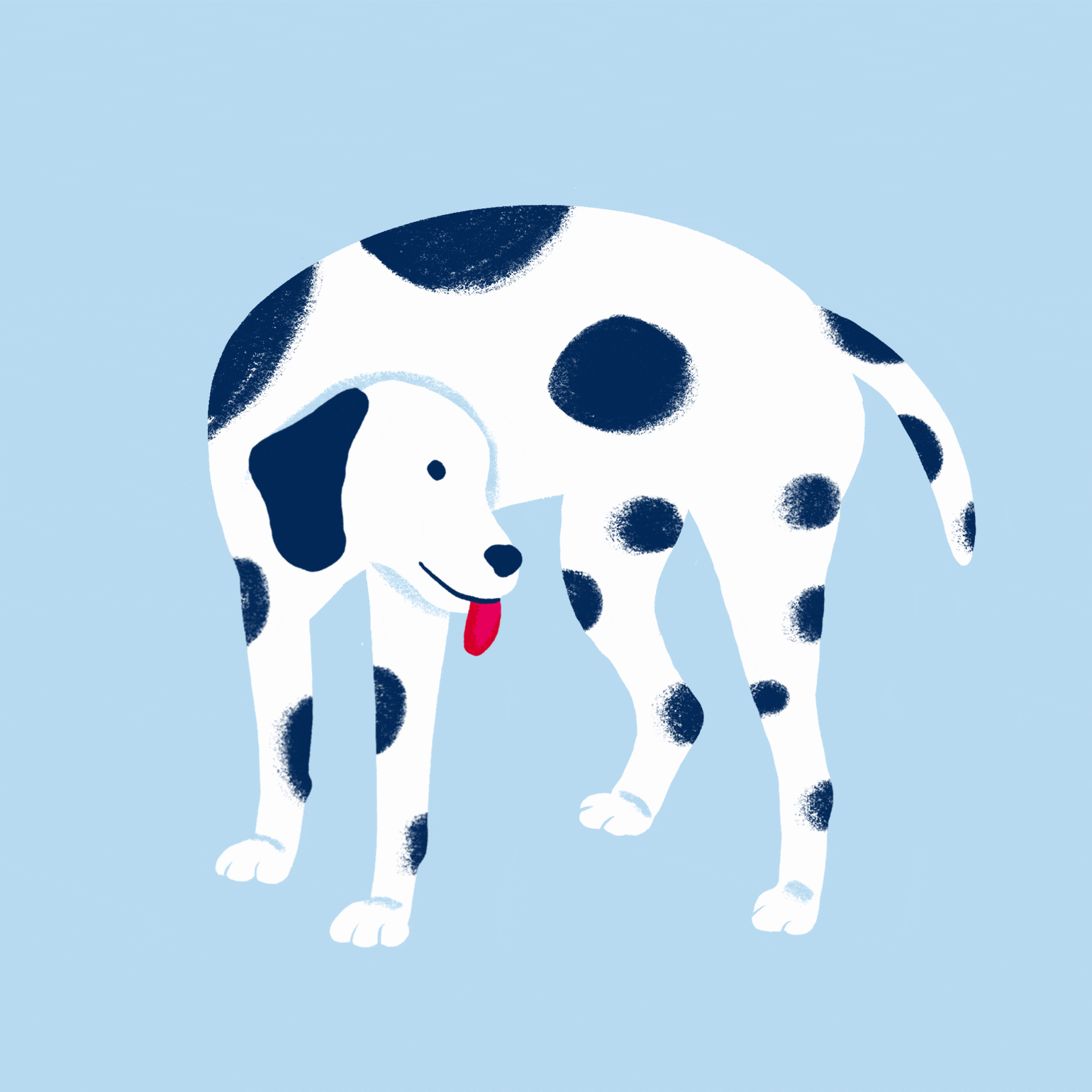
25Spinning
Happy and excited dogs often spin in a circle to show they feel playful. Many dogs also turn in a circle a couple times before they lay down. However, a dog who won’t stop spinning may be a cause for concern. This animal could be feeling stressed and isn’t sure how to cope; they may also be experiencing an underlying health issue that affects their balance. Talk to your vet if you’re concerned about your dog’s spinning.
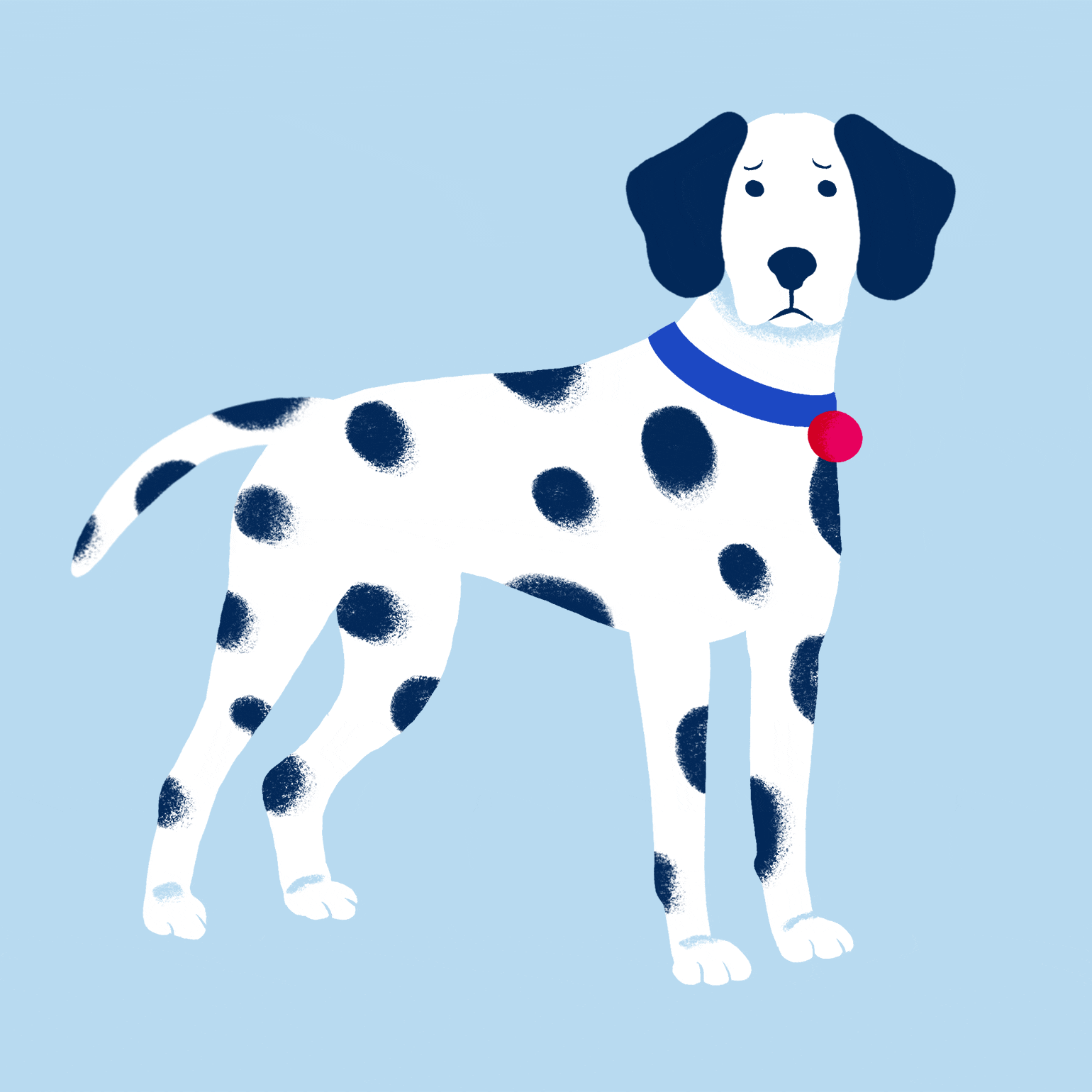
26Paw Lifting
A lifted paw often means a dog is anticipating something—whether that something is good or bad. Some dogs lift their paw in anticipation of receiving a treat; others may lift a paw in preparation to defend themselves against a perceived threat. It’s all about context and knowing how your pup usually behaves. (Note that this behavior is different from the dog training command “paw” or “shake hands.”)

27Snapping
When a dog snaps their jaws or makes a biting motion in the air, it’s typically a warning sign: This dog is telling you to back off and give them space. According to Ballantyne, dogs usually won’t miss their target if they want to bite. So, if a dog “air snaps” near you, they are giving you a serious signal: Back off before they need to escalate. The next step could be a real bite!
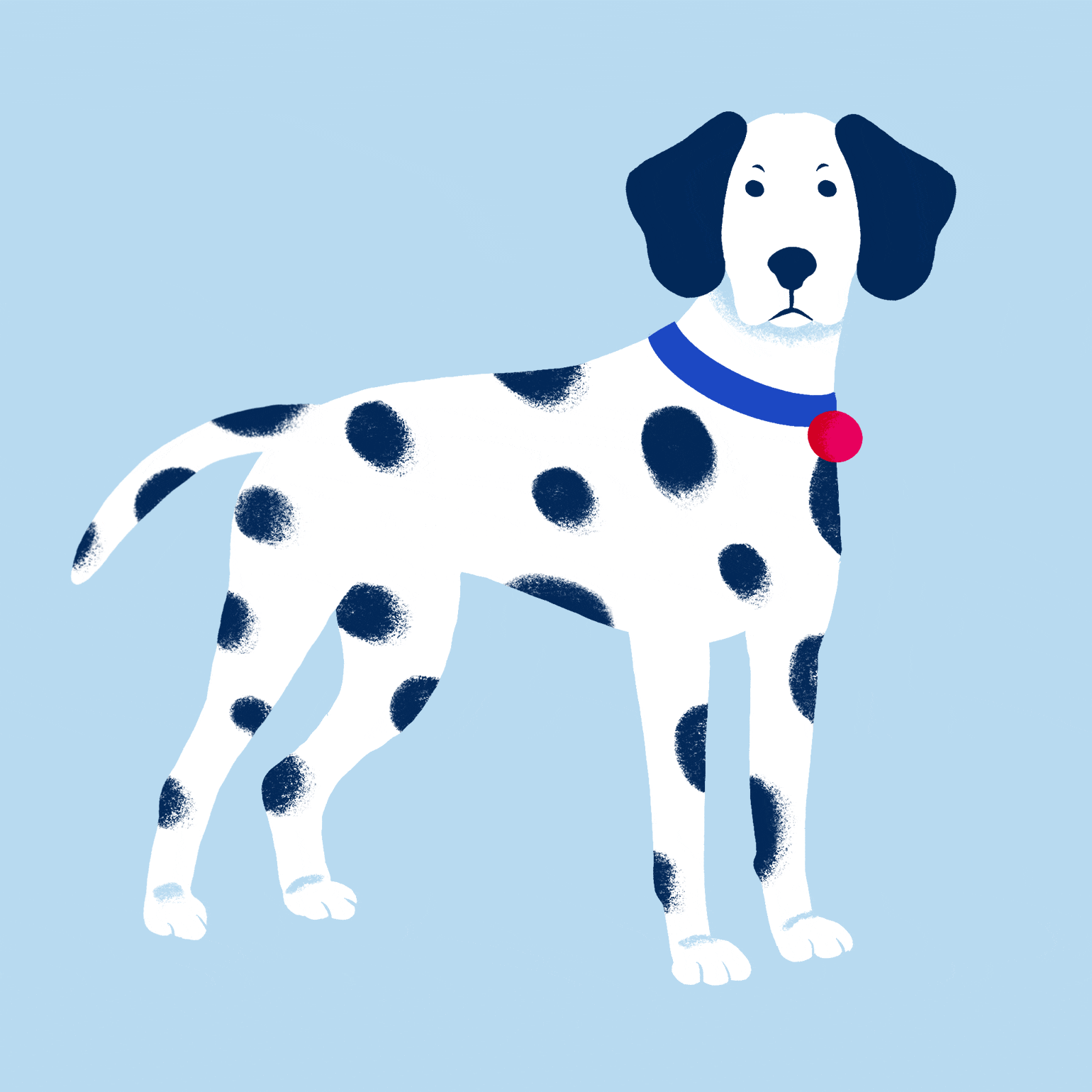
28Hypervigilance
Hypervigilance is a way of describing a dog scanning their surroundings, taking in everything. They may have sensed a threat and are feeling worried, fearful or anxious.
By understanding dog body language, you can be there for all your furry best friends when they feel happy and excited, or scared and stressed. From the wag of their tails to the look in their eyes, every movement your dog makes tells a larger story. Understanding the nuances of dog behavior can help you connect and bond more deeply with your furry friend.
Are you a pet parent to a senior dog? Discover how to communicate better with your older pet.
Expert input for this story was provided by: Kelly C. Ballantyne, DVM, DACVB, board-certified veterinary behaviorist and medical director of Insight Animal Behavior Services in Chicago, Illinois.
What's Your Dog Thinking?
Share:











